Red Hat Enterprise Linux is a hugely popular enterprise-level operating system that supports a diverse range of open-source technologies such as Ansible automation, Hybrid Cloud, virtualization, and containerization.
In this guide, we highlight some of the most popular and widely used Linux distributions based on Red Hat Enterprise Linux.
1. Rocky Linux
Rocky Linux is a free and open-source fork of CentOS 8 which is completely binary compatible with Red Hat Enterprise Linux (RHEL). It was developed by Rocky Linux Foundation under the stewardship of Gregory Kurtzer, one of the co-founders of the CentOS Project. The name ‘Rocky‘ is a tribute to the late CentOS co-founder Rocky McGaugh.
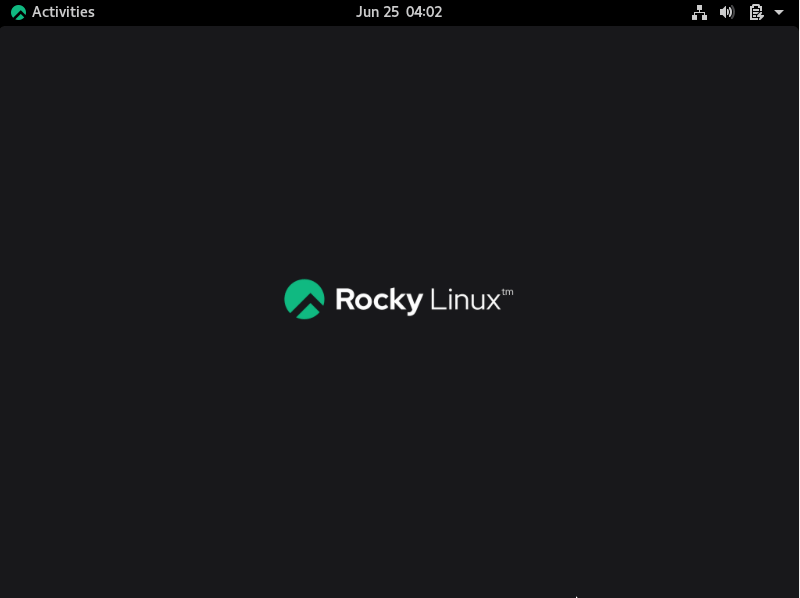
Rocky Linux was developed to plug the gap left by CentOS 8 after the shift in focus from CentOS project to CentOS Stream which is a rolling release. Rocky Linux will now serve as a downstream release, just as CentOS had done previously. CentOS Stream will now act as the upstream release and serve as a preview of the changes to be incorporated in future RHEL releases.
The latest stable release is Rocky Linux 8.4, codenamed ‘Green Obsidian’. This is an enterprise-ready release that was developed to offer the stability and reliability required in production workloads.
Rocky Linux 8.4 followed the release of RHEL 8.4 on May 18, 2021, and takes over from CentOS 8. You can migrate from CentOS 8 to Rocky Linux 8.4 using an automated script or install Rocky Linux 8.4 afresh on your on-premise servers.
Rocky Linux is free and completely community-supported and you can now get free community support through Rocky Linux Mattermost and from online forums.
2. AlmaLinux
AlmaLinux is yet another CentOS 8 alternative. It’s 1:1 binary compatible with RedHat Linux and was originally developed by Cloud Linux to fill in the gap left by the sudden discontinuation of CentOS 8. It’s completely free and open-source and is currently community-developed.
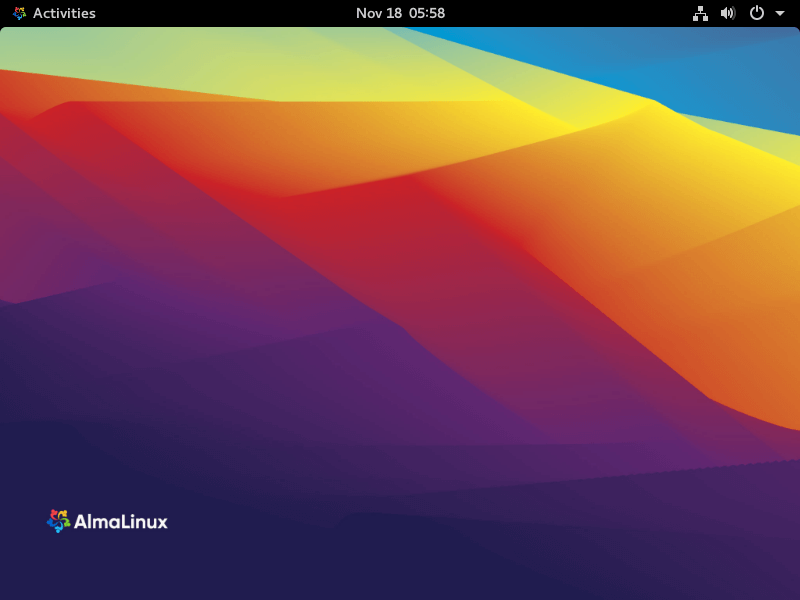
The latest stable release of AlmaLinux is AlmaLinux 8.4 and will enjoy support until 2029. Just like Rocky Linux, AlmaLinux focuses on providing an enterprise-grade platform that can be deployed on data centers or on the cloud for production workloads.
CloudLinux has availed a migration script that you can download from the AlmaLinux Github page to help you migrate from CentOS 8 to AlmaLinux 8.4. Alternatively, you can start from scratch and install AlmaLinux 8.4 on your production servers.
AlmaLinux has vibrant community support with community forums on Reddit, Official Community chat, and discourse community group. Additionally, you can visit the AlmaLinux Github page to access the AlmaLinux source code.
3. CentOS
Built around the Redhat architecture, CentOS is a free and open-source community-developed Linux distribution that provides an enterprise-level computing platform. Initially released in 2004, CentOS is an excellent free alternative to the enterprise RHEL operating system. It comes recommended for users or small businesses that want to set up a server for file sharing, web hosting, and other enterprise-level tasks.
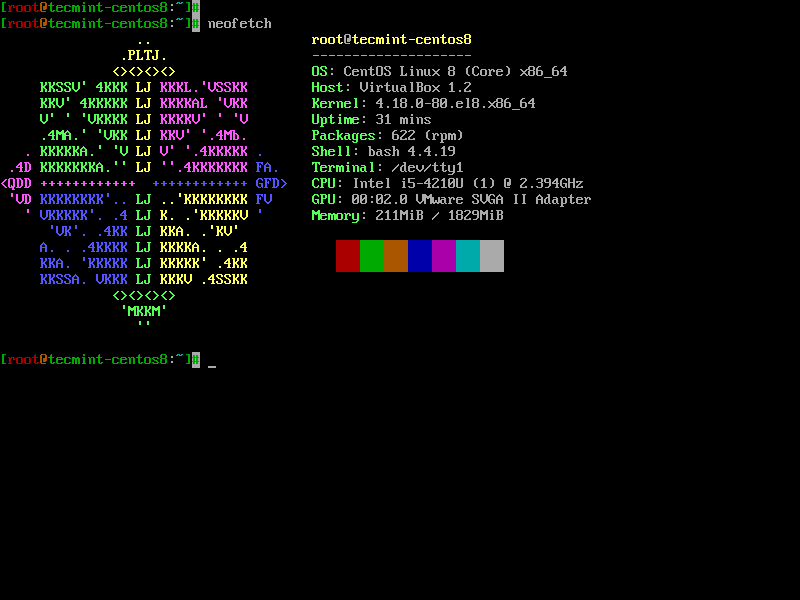
While it lacks the commercial support provided by RHEL, CentOS is well-renowned for its solid stability, corporate-level security, and other benefits thanks to its binary compatibility with RHEL. As such, it makes for an excellent choice for a web server. In fact, CentOS is a preferred choice in the web hosting industry particularly due to its stability and provision of the salient WHM/cPanel control panels that allow users to manage their domains.
CentOS is mostly recommended for advanced users given its long learning curve, unlike distributions such as Ubuntu which make it easy for beginners to get around and manage their software packages. There are vibrant community support and several forums that help users in case they get stuck. However, there’s less hand-holding as it is already assumed that users are at an intermediate or advanced level. Be that as it may, desktop enthusiasts can still download and install a CentOS image that provides a GUI desktop which mostly provides the GNOME environment.
Worth mentioning is CentOS Stream which is a rolling release version of CentOS that provides the latest software packages. It’s mostly used for research and testing and not recommended for production environments due to stability issues.
The latest version of CentOS, at the time of writing this guide, is CentOS 8.2.
4. Fedora
Fedora is the upstream community distribution for RedHat Linux. It’s a general-purpose distribution developed and maintained by the Fedora Project which is Redhat sponsored. It has a massive community and is mostly used by developers as a hub for developing and testing software packages before they are made available to RHEL or CentOS.
In fact, Fedora is considered a bleeding-edge distribution since it always rolls out the latest software packages, drivers, and utilities. So if you are going to opt for Fedora, rest assured that you will end with the latest software versions.
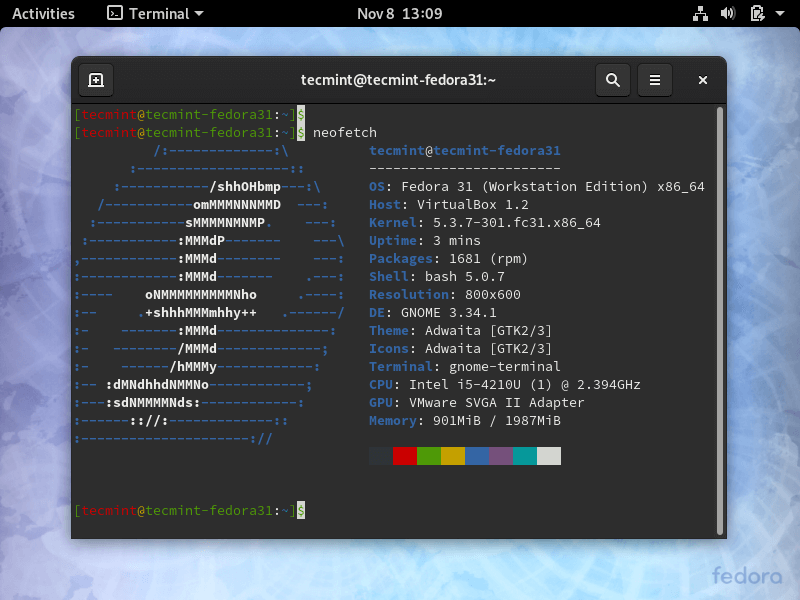
Fedora is well known for its ease of use and customization. It comes with a simple UI and ships with out-of-the-box applications for everyday day use. This makes it a popular distribution of choice among beginners who are looking to try out a Redhat-based distribution.
Fedora also holds security as a top priority and in fact ships with SELinux (Security-Enhanced Linux) which is a kernel security module that manages access rights. IT also goes a step further to include a firewall that is already enabled by default.
With a very diverse application, Fedora comes in 3 main editions: Fedora workstation for desktop and home users, Fedora Server, and Fedora IoT for IoT ecosystems such as Raspberry Pi.
The latest Fedora at the time of publishing this article is Fedora 33.
5. Oracle Linux
Oracle Linux is an enterprise-level operating system that is 100% binary compatible with Red Hat Enterprise Linux. It combines the stability and enterprise-grade security of RHEL with the flexibility and added security from Oracle’s development team to provide a formidable and robust low-cost Enterprise option.
Oracle Linux is free to download with absolutely no subscription fees and provides all security updates & patches at no cost. Perhaps the only cost involved is that of support, which is considerably lower than that of Red Hat Enterprise Linux. Additionally, Oracle Linux provides more support options than RHEL. Of notable mention is the Ksplice zero downtime patching service that helps you update your system with critical updates without the need for rebooting your server.
In terms of usability, Oracle Linux is extremely easy to set up and easier to learn for users not familiar with Linux. This is because most of the required packages are preloaded by default and can be enabled during installation.
With built-in integrations and optimizations from Oracle’s team, Oracle Linux is considered the perfect choice for enterprises running Oracle systems such as Oracle databases. It also goes without saying that Oracle Linux runs Oracle Cloud.
In comparison to Red Hat Enterprise Linux, Oracle Linux provides a more flexible and secure option for enterprises using or planning to make a switch to Oracle solutions.
The latest Oracle Linux at the time of publishing this article is Oracle Linux 8.3.
6. ClearOS
A common challenge facing many small businesses is complexity in deployment. Granted, Linux has made tremendous strides with regards to providing easy-to-use and user-friendly distributions. However, it’s quite a challenge looking for a low-cost data center solution. If you are looking for a server OS that leverages an open-source model to deliver a low-cost and simplified IT experience for small businesses, then ClearOS is one of the options to turn to.
ClearOS is described as a simple, secure, and affordable operating system based on both CentOS and RHEL (Red Hat Enterprise Linux). It provides an intuitive web-based interface and an application store with over 100 apps to select from.
ClearOS is available in 3 main editions: Home, Business, and Community Edition. The home edition is ideal for small offices. The business edition is tailored for small and medium businesses that prefer the benefit of paid support, while the community edition is absolutely free.
The latest ClearOS at the time of publishing this article is ClearOS 7.


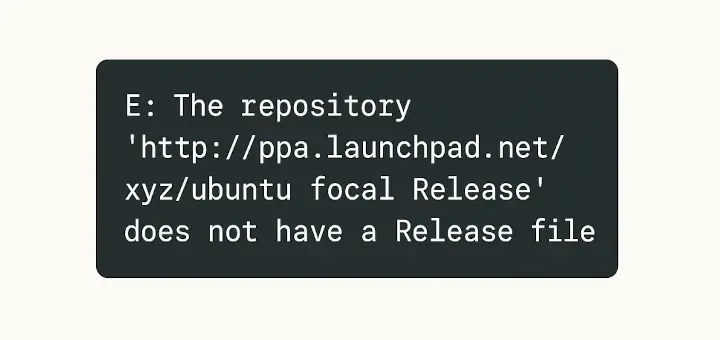
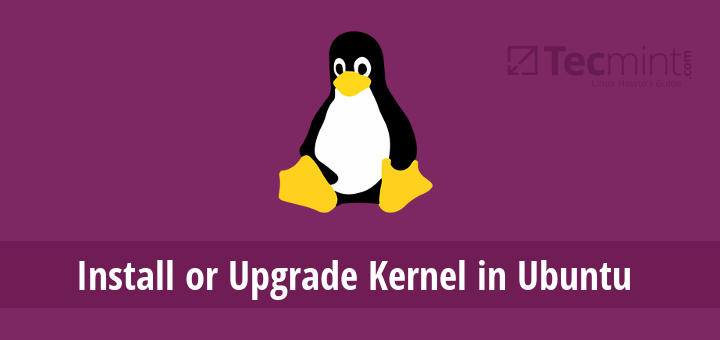
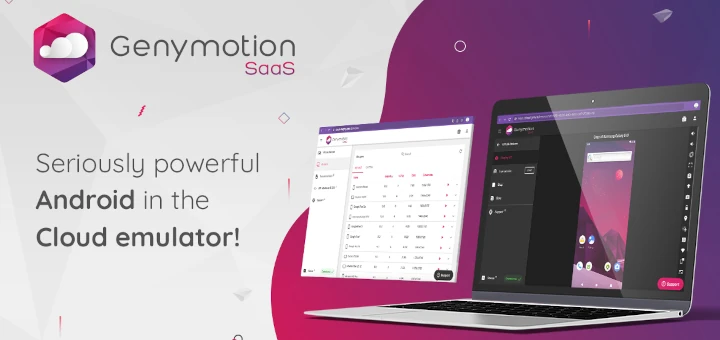
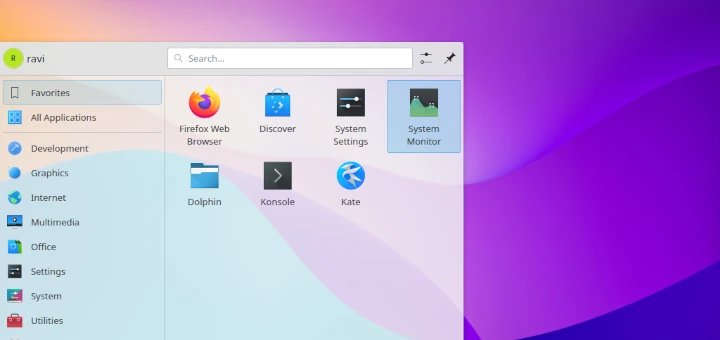

It seems to me that stability and security-heavy Linux distribution is missing from the list. I will be glad if you add Future OS.
Isn’t is somehow funny that TecMint knows the story behind Rocky Linux and Alma Linux, which is the discontinuation of original CentOS, but still presents original CentOS as one of the current RHEL based distros, with the sole actually remaining edition, CentOS Stream, only “worth mentioning” as an additional “rolling release version of CentOS that provides the latest software packages”? Or did I misunderstand anything there?
Sorry, this was linked to on “Linux Today” (https://www.linuxtoday.com/developer/the-best-red-hat-based-linux-distributions/) as hot news today and I didn’t notice that it was already nine months old…
I agree with your logic, I was thinking the same.
Alt Linux with its various variants is also based on RH. It could have been discussed here.
Thanks for the article. Just one question: What about Scientific Linux?
Sorry, my bad. I was misled by Scientific Linux latest release date. SL is now discontinued although current version is still supported until the end of its life cycle.
No discussion of Debian / Ubuntu known for network and GUI or KALI Linux a toolkit for vulnerability and security testing?
Please read the title again. It says “RED HAT-BASED”. Debian/Ubuntu are NOT based on Red Hat. In fact, they are incompatible with any Red Hat distros.
Nope. The article is about Red Hat-based ditros and the ones you mention certainly are not.
Oracle Linux basic support is $1199/yr and Red Hat Standard support is $799/yr. This article clearly was not sufficiently researched.
There are a number of other issues with this article as well, but I doubt it’s worth calling them out.
Why did coreOS not make the list?
I started using Oracle’s ksplice a couple of years ago, it was way better than redhat’s kpatch at the time although I haven’t looked into kpatch since. ksplice is really good.
ClearOS is not Intel’s Clear Linux. It is a rebranding of Fedora and Red Hat. So, why should I use ClearOS instead of Fedora?
“we highlight some of the most popular and widely used Linux distributions based on Red Hat Enterprise Linux.”
They are the most popular and therefore most widely used RHEL-based distros but to say they are the “Best” is ludicrous. “Best” is a highly subjective term depending on an individual user’s experience (applications, drivers, interaction with hardware, look and feel, etc).
What you consider the “best” may be almost unusable for me and vice versa. When one reads the comments on Linux forums, each and every distro in existence has those that insist it is the “best ever” and those that insist it is the “worst ever”. If a distro works for then it the “best”. If it doesn’t then it is “garbage”.